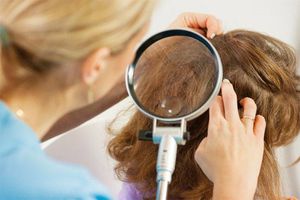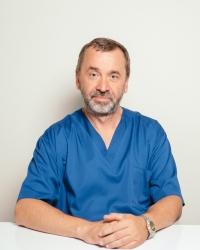Pediculosis – is a skin disease caused by lice. And lice are the common name for parasitic hematophages. Among these insects are distinguished: head lice, clothes and pubic.
It should be noted that lice – are wingless and their survival is due to the ability to attach to hair and various fibers, thanks to strong legs with hooks.
Head and body lice are almost invisible to the armed eye and have similar biological and morphological characteristics. They are about 2 - 4 mm long and less than 1 mm wide, have a grayish-white color and a pointed head. Pubic lice have a more concise shape, which makes them look like small crabs.
The female insect lays from 50 to 300 pearl testicles, 0.3 mm by 0.8 mm in size, of which, after 7 to 8 days, gluttonous nymphs are released, reaching maturity within two weeks. The lice testicles are small white grains tightly attached to the hair (usually in the occipital part of the head), clothes, and beard.
Signs of head lice
To feed, an insect punctures human skin and injects its saliva into the bloodstream. One individual sucks out about 1 mg of blood from the host’s body. Specific antigens present in saliva cause erythematous and papulose allergic reactions at puncture sites. Such manifestations characteristic of pediculosis give intense, continuous and irritating itching, which in turn is the degree of damage during excoriation. Thus, pediculosis can cause folliculitis, furunculosis, impetiginization and superinfection.
Outside the host, lice do not survive. Pediculosis is often found in conditions of poor hygiene, with the general use of combs, hats, scarves, clothing, and promiscuous sexual intercourse.
You should be aware that pet lice cannot be transmitted to humans and vice versa. The causes of external recurrence of pediculosis may be the resistance of insects to common pesticides, stay in crowded places.
Diagnosis of pediculosis
The diagnosis of the disease is formulated on the basis of an external examination with a Wood lamp and the detection of lice and nits in clothing, especially in seams, on the hair, body. Umbilical lice almost always affect pubic and perianal hairs. Moreover, patients have regional lymphadenopathy and small localized infections.
Treatment of pediculosis
In the case of established pediculosis, special means must be used - pediculocytes. Now on the market there are many of their forms - these are mousses, gels, shampoos, sprays. The active ingredients contained in them: malathion (an organophosphorus compound that causes insect respiratory paralysis), pyrethrum, tetramethrin, permethrin and phenotir are occlusive agents. The above funds can be used with the mechanical removal of lice and nits.
A simple way of prevention is to wash clothes at temperatures above 60 ° C and immerse the combs and brushes in hot water.
In case of such problems or questions, you can seek advice from a dermatologist at the Bogoliuby MC.

















